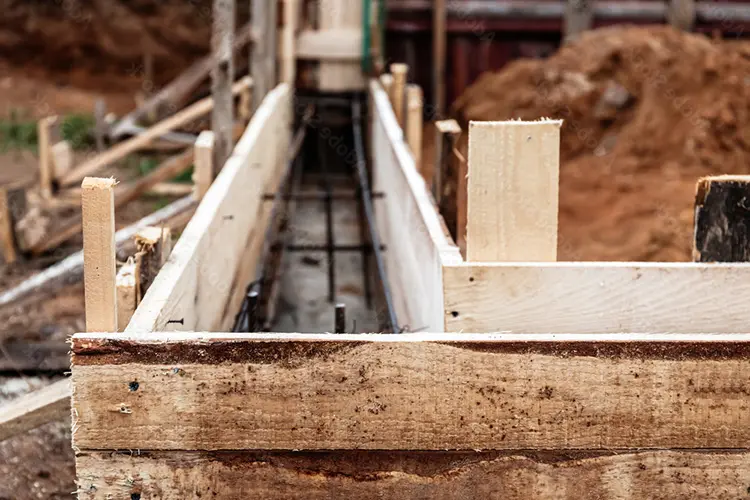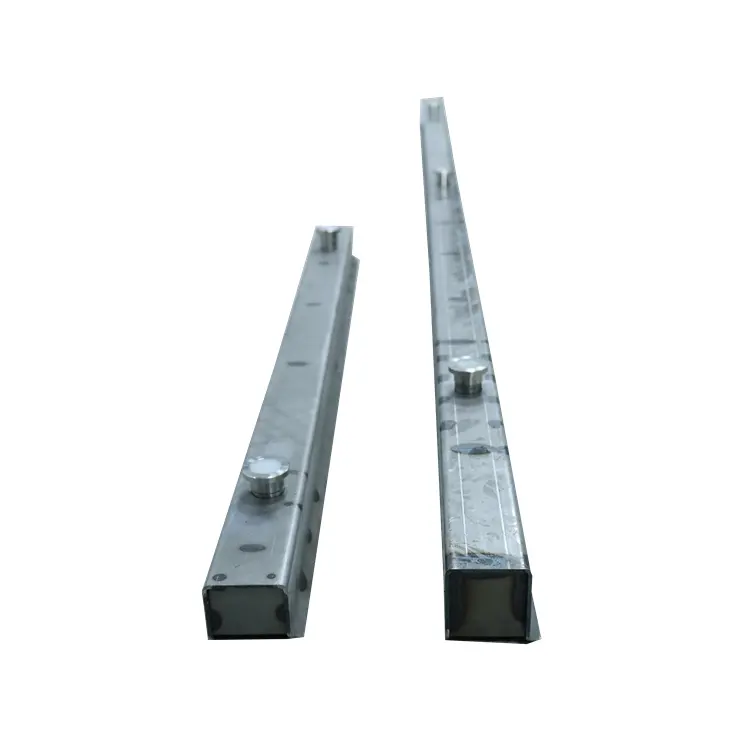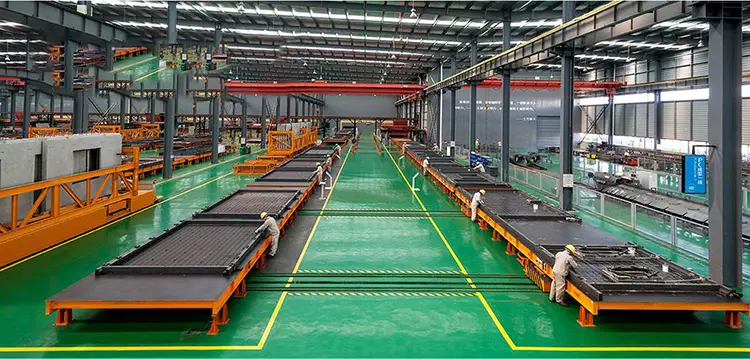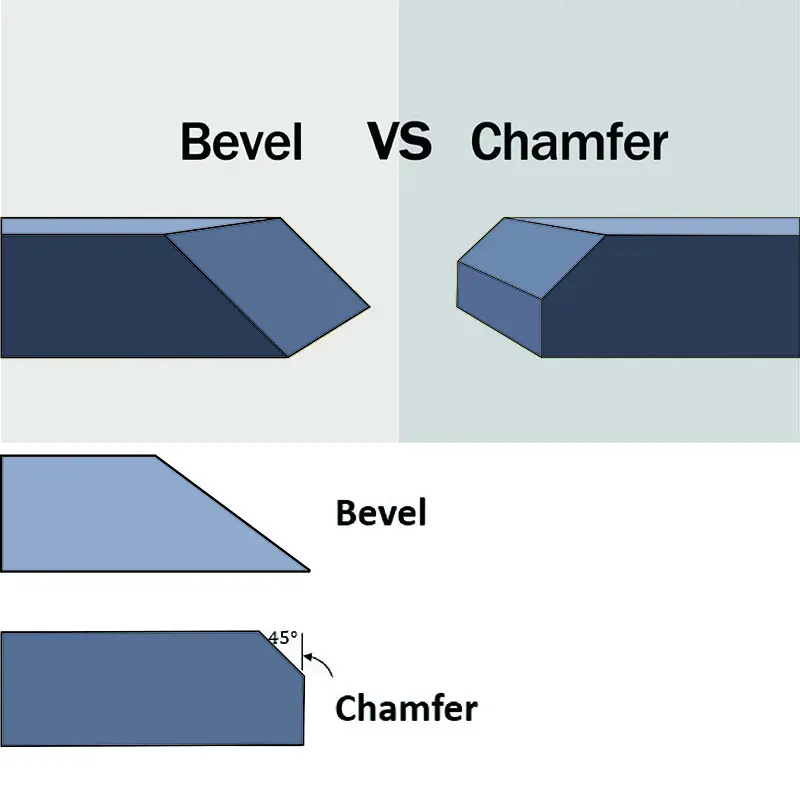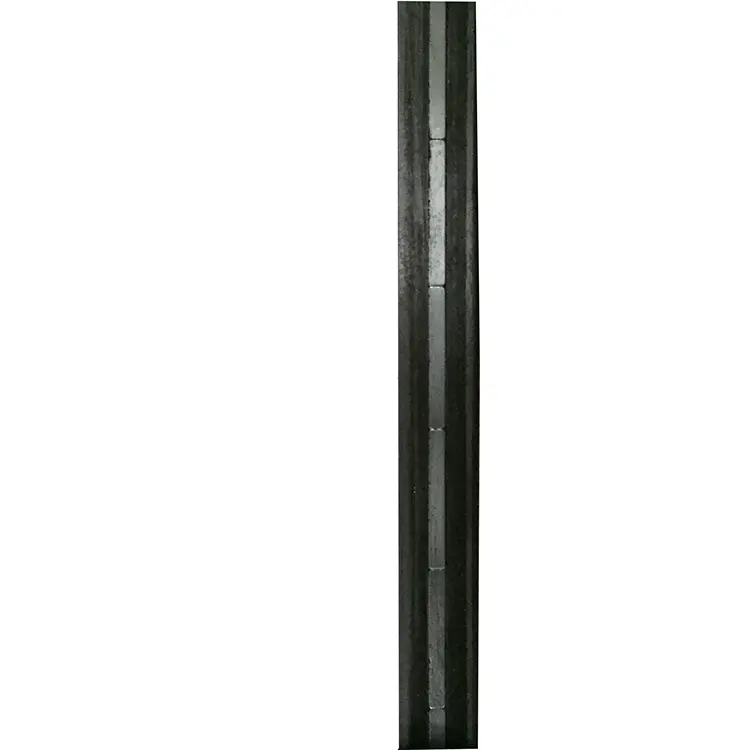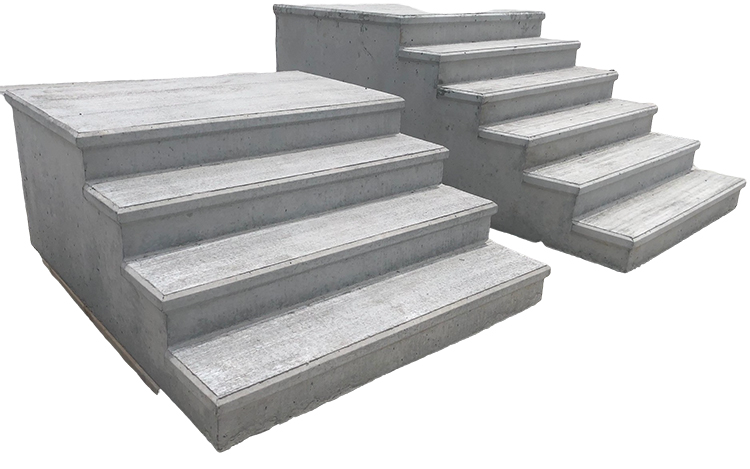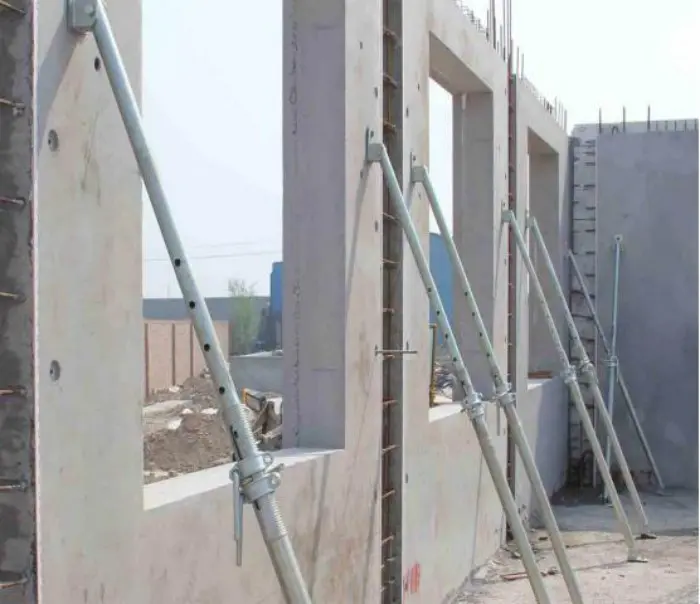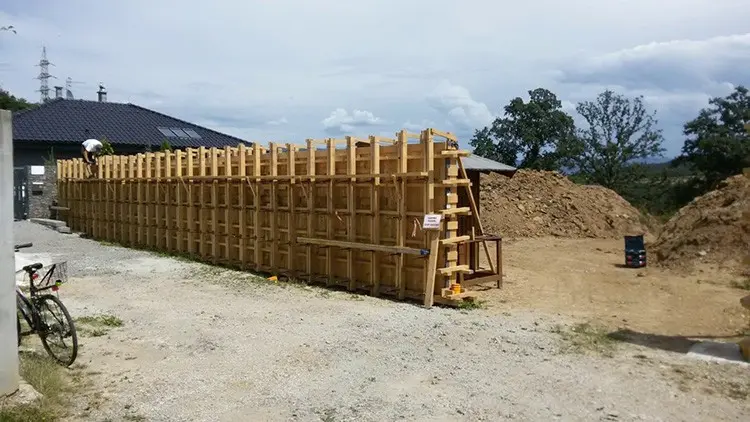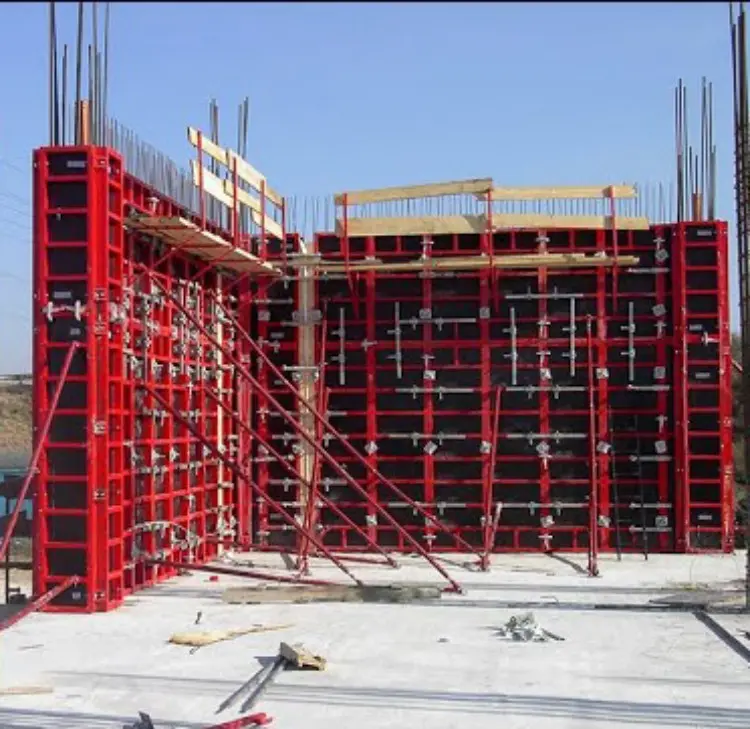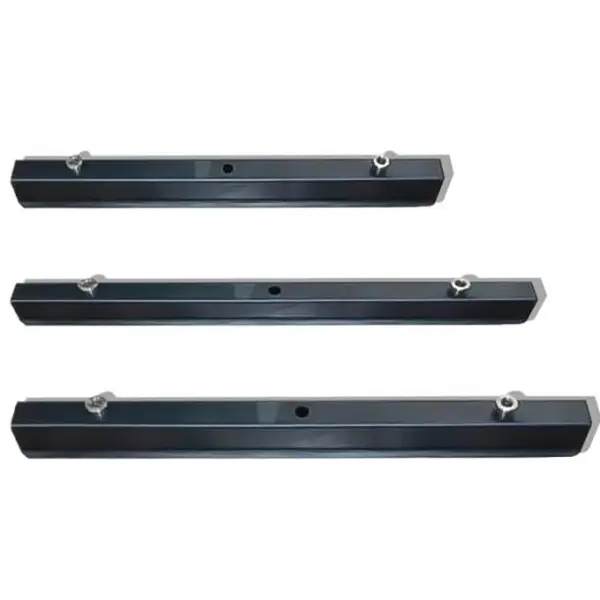What Is The Difference Between Precast And Concrete?
Precast concrete is made in a factory and offers high quality control, while cast-in-place concrete is poured on-site and offers design flexibility. Precast is ideal for large projects requiring speed and quality, whereas cast-in-place is suited for smaller, customized applications. The choice depends on project specifics, budget, and site conditions.
The terms precast concrete and cast-in-place concrete refer to two distinct methods of using concrete in construction, each with its own advantages and applications. Here’s a detailed comparison of the two:
Definition and Production Process
- Precast Concrete: This type of concrete is cast in a controlled environment, typically in a factory setting. It is poured into reusable molds, cured under optimal conditions, and then transported to the construction site for installation. This method allows for high-quality control and consistency since the curing process occurs in an ideal environment, free from weather-related disruptions.
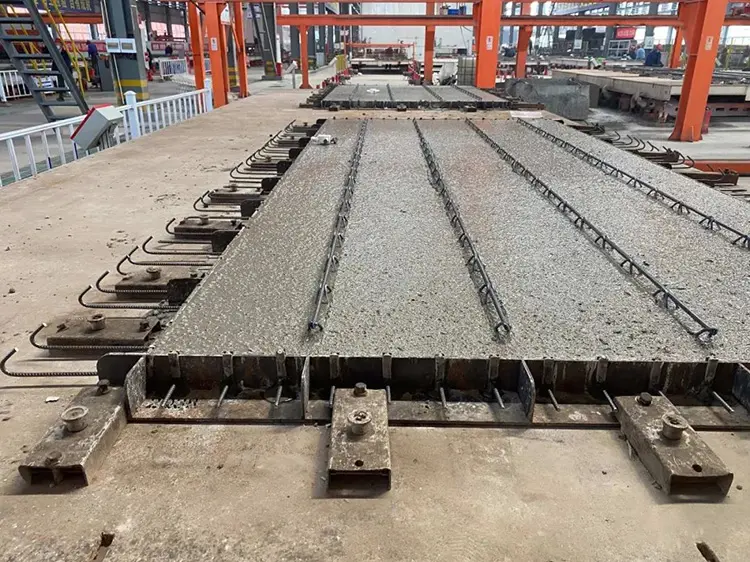
Application of Precast Concrete magnet
- Cast-in-Place Concrete: Also known as site-cast concrete, this method involves pouring concrete directly into molds or forms at the construction site. The concrete cures in the environmental conditions present at the site, which can be affected by factors such as temperature, humidity, and weather. This method is often used for foundations, walls, and other structural elements that require on-site customization.
Quality and Control
- Precast Concrete: The production in a controlled environment leads to superior quality and durability. The curing process can be closely monitored, resulting in a more consistent product with fewer imperfections. Precast concrete can also incorporate higher-strength materials and reinforcements, making it generally stronger than cast-in-place concrete.
- Cast-in-Place Concrete: The quality can vary significantly due to environmental factors and the skill of the workers on-site. While it can achieve a monolithic structure that offers good resistance to shear and seismic forces, it is more susceptible to imperfections and irregularities.
Customization and Flexibility
- Precast Concrete: While precast elements can be designed for specific applications, they are often more suited for repetitive designs, such as walls and floors. However, customization can be limited once the molds are made.
- Cast-in-Place Concrete: This method allows for greater flexibility in design and customization. It can be easily adapted to fit unique site conditions and architectural requirements, making it ideal for complex structures.
Cost and Time Efficiency
- Precast Concrete: Although the initial cost of precast elements can be higher due to manufacturing and transportation, it often leads to cost savings in large projects because it can reduce on-site labor and construction time. The ability to produce elements simultaneously with site preparation can also speed up the overall project timeline.
- Cast-in-Place Concrete: This method can be less expensive for smaller projects where transportation of precast elements would be cost-prohibitive. However, it may take longer to complete due to the curing time required on-site and potential delays from weather conditions.

Cast-in-Place Concrete
Applications
- Precast Concrete: Commonly used for large-scale projects such as bridges, parking structures, and commercial buildings where speed and quality are critical. It is also used for architectural elements like facades and decorative features.
- Cast-in-Place Concrete: Often preferred for foundations, slabs, and other structural components where site-specific conditions must be taken into account. It is particularly useful in scenarios where access to the site is challenging for transporting large precast components.
In summary, the choice between precast and cast-in-place concrete depends on various factors, including project size, complexity, budget, and specific site conditions. Precast concrete generally offers higher quality and efficiency for larger projects, while cast-in-place concrete provides flexibility and is often more suitable for smaller, customized applications.

